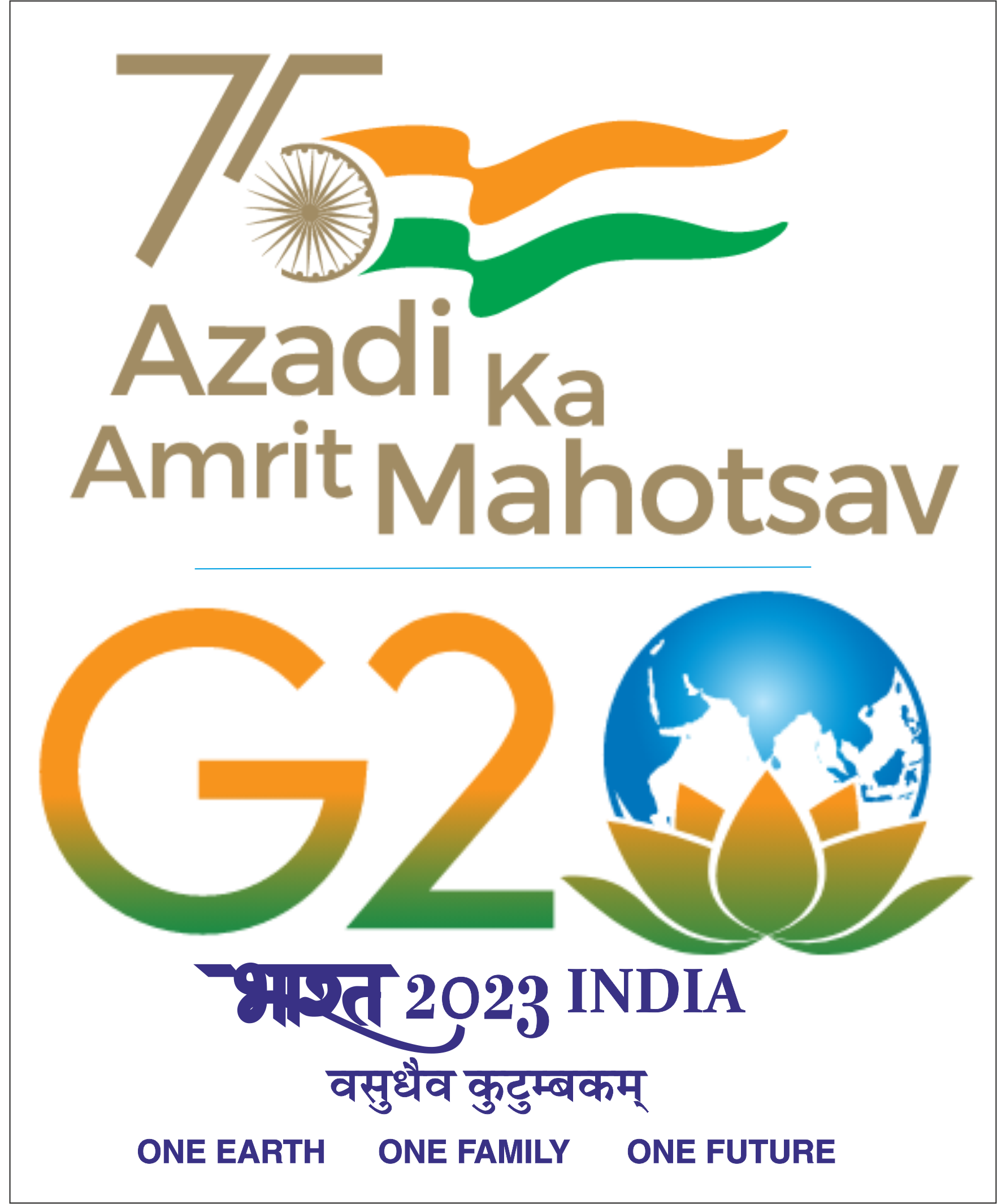Mr. Bharat Kakade will present his Pre-synopsis as per the detail:
Date: 15th September 2022
Time: 1530 – 1700 hrs.
Venue : Conference Room No.1, CTARA Office
Title: Towards developing a sustainability assessment method for watershed development projects in rainfed areas of India
Supervisor: Prof. N. C. Narayanan
Co-Supervisor: Mr. G. G. Sohani
Abstract:
Watershed Development approach has become central to the socio-economic development of rainfed areas in India, which has also addressed the limitations of application of the green revolution technologies for agriculture in rainfed areas. During the recent decade, adoption of new generation Watershed Development (WSD) approach has increased the complexities of watershed projects. New generation WSD refers to the concept of participatory and integrated watershed development with involvement and contribution from local communities (FAO, 2006), incorporating hydrology, human ecology and environmental services. It also takes into account external factors related to market exchange, political processes and climatic impact.
There are concerns about the sustainability of watershed programmes (Joshi, et al, 2005, Samuel, et al, 2009, Keremane, et al, 2006, DTE, 2007, Arya and Samra 2001). There could be various reasons of sustainability issues, which can be understood only through an appropriate analysis. However, the existing methods found to be inadequate to analyse the recent integrated WSD projects undertaken in rainfed areas through Govt., NABARD, bilateral agencies and corporates under Corporate Social Responsibility (CSR).
Due to the recent changes in the watershed programme, making it more integrated and interdisciplinary, new sustainability assessment methodology to suit such changing context of watershed projects was found to be necessary. With this premise and due to the limitations of the methods used so far, this thesis attempted devising a new method for Sustainability Assessment (SA) of WSD projects. The new method has adopted the Triple Bottom Line Approach (TBL) treating social, economic and ecological components of watershed equally. Using the new method, SA of one of the integrated watershed development programme (36 sample watersheds), the Indo-German Watershed Development Programme (IGWDP Phase-I and Phase-II) in Maharashtra, has been undertaken to apply the method for cross-sectional study of a large size sample. An in-depth SA of a micro-watershed, Randullabad WSD project in Satara district of Maharashtra, has been undertaken to examine the applicability of the sustainability framework and methodology for longitudinal case study. Through these studies, the sustainability assessment methodology has been validated.
The sustainability indexing method adopted the ‘distance to target’ method (Nardo et.al., 2005) for normalization of indicators, participatory weighting approach using Delphi Technique (OECD, 2008) and geometric mean for aggregation. The composite sustainability score or Watershed Sustainability Index (WSI) is obtained using these strategies and techniques, which can be compared with the threshold levels of sustainability. The limitation of subjectivity in adopting the threshold levels of sustainability of the indicators was overcome using the policy and science base of international, national or contextual level.
Several insights could be brought out through the SA two studies. The key contributions of this study include: (a) overcoming the limitations of earlier methods to assess sustainability of WSD projects in rainfed areas of India, (b) use of qualitative data for triangulation and validation of quantitative analysis, (c) adoption of the arithmetic aggregation of the indicators and the geometric mean method of aggregation of the sustainability components, which allowed keeping the indexing process practical and simple. The indexing method adopted also helped in ranking the watersheds in the cross-sectional study, (d) use of international standards with participatory approach for indicator weighting to incorporate the stakeholder preferences and avoided using the statistical methods, (e) adopted the broad-based concept of sustainability through the “Triple Bottom Line” (TBL) approach of sustainable development (Elkington, 1994; 1998). The trade-offs or synergies between the components can be identified using the component scores and (f) there is a flexibility in choosing the SA methodology and indicators.
The application of the methodology could also bring out the limitations of analysis due to limited indicator data in IGWDP –M, the likelihood of dilution of special or dominant issues in the watershed (if any) due to equal weighting at the sustainability component level. Being a sustainability assessment, this study had to define and collect the data of social indicators in addition to economic and ecological indicators. Conversion of data from qualitative data of some social indicators to quantitative as well as scaling it was a major challenge.





